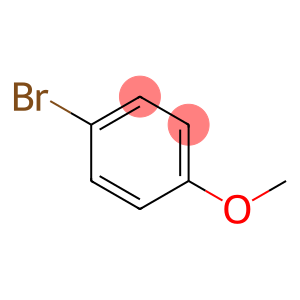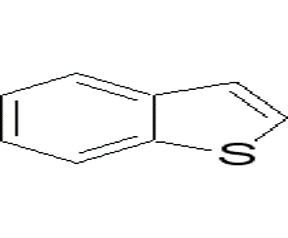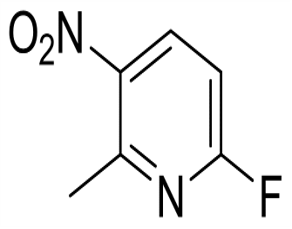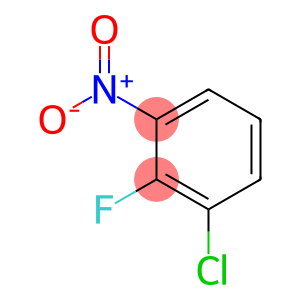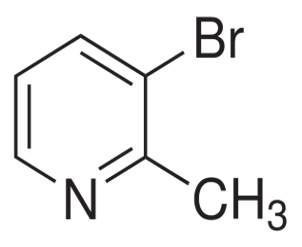4-Bromoanisole(CAS#104-92-7)
Risk and Safety
| Hazard Symbols | Xn – Harmful |
| Safety Description | S23 – Do not breathe vapour. S24/25 – Avoid contact with skin and eyes. |
| WGK Germany | 2 |
| RTECS | BZ8501000 |
| FLUKA BRAND F CODES | 8 |
| TSCA | Yes |
| HS Code | 29093038 |
| Toxicity | LD50 orl-mus: 2200 mg/kg GISAAA 44(12),19,79 |
Reference Information
| Use | raw materials of fragrances and dyes; Organic synthesis and pharmaceutical intermediates. used as solvent, also used in organic synthesis The intermediate of Fuke drug Taishu. organic synthesis. Solvent. |
| production method | 1. Derived from the reaction of p-bromophenol with dimethyl sulfate. The p-bromophenol was dissolved in dilute sodium hydroxide solution, cooled to below 10 °c, and then dimethyl sulfate was slowly added with stirring. The reaction temperature can be raised to 30 ° C., heated to 40-50 ° C. And stirred for 2H. The oil layer is separated, washed with water until neutral, dried with anhydrous calcium chloride, and distilled to obtain a finished product. With anisole as raw material, the bromination reaction with bromine in glacial acetic acid was carried out, and finally it was obtained by washing and distillation under reduced pressure. p-bromophenol is used as a raw material to react with dimethyl sulfate in an alkaline solution. Since the reaction is exothermic, dimethyl sulfate is slowly added so that the temperature in the reaction bath is 50 ° C. Or lower. After completion of the reaction, the reaction mixture was allowed to stand and the layers were separated. The organic layer was taken out and extracted with ethanol or diethyl ether. The extracted phase was distilled to recover the extractant. |
| category | toxic substances |
| toxicity grade | poisoning |
| Acute toxicity | oral-mouse LD50: 2200 mg/kg; Intraperitoneal-mouse LD50: 1186 mg/kg |
| flammability hazard characteristics | flammable in open flame; Toxic bromide smoke from combustion |
| storage and transportation characteristics | The warehouse is ventilated and dried at low temperature, separate storage of food additives |
| extinguishing agent | carbon dioxide, foam, sand, water mist. |
Write your message here and send it to us


